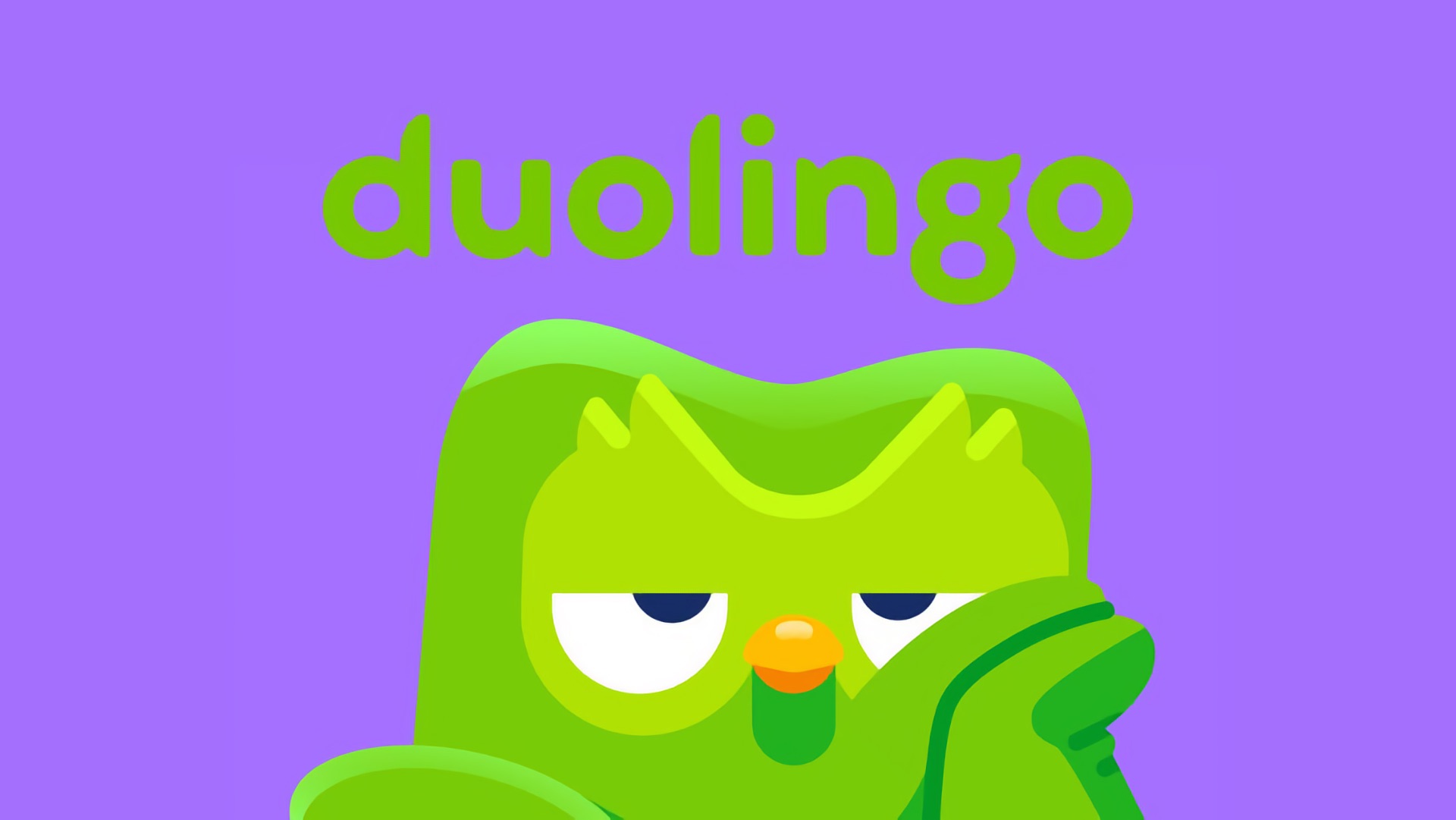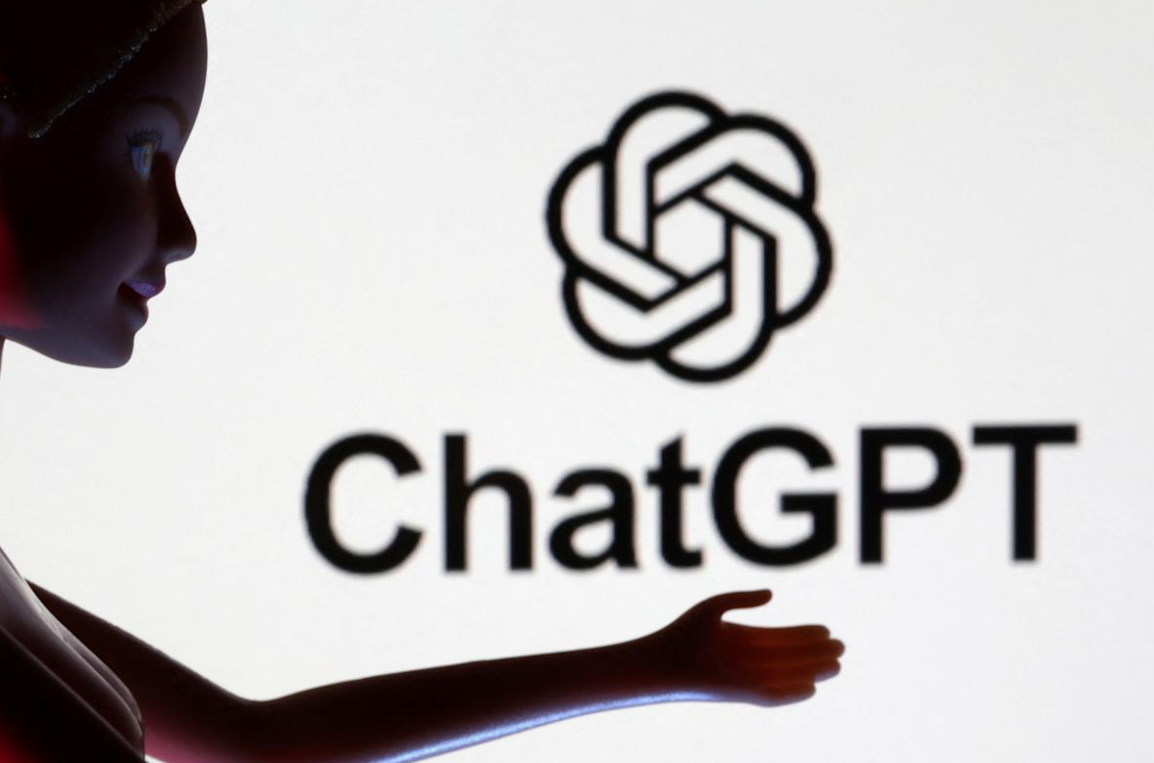Transforming Ad Targeting with Advanced NLP Techniques: A Deep Dive
It’s time to dive deep into the transformative world of advanced NLP in ad targeting — a universe teeming with game-changing strategies.
6К открытий9К показов
Remember the days when cookies and keyword-driven algorithms were the state-of-the-art tools in the advertiser’s arsenal? Those were truly the days of digital innocence. An era filled with banner ads that followed you relentlessly, trying to sell you footwear just because you once — just once — searched for hiking boots.
However, it’s crucial to appreciate how far we’ve come and to realise that we’re on the cusp of an even more significant transformation. From the limitations of cookies to the broad-strokes approach of keyword targeting, we’re moving to a world where the advertising model understands not just what you’re looking for, but who you are and why you’re looking for it. But don’t be alarmed ahead of time. Instead, grab your gear; it’s time to dive deep into the transformative world of advanced NLP in ad targeting — a universe teeming with possibilities, challenges, and game-changing strategies.
First and Foremost: The Expansive Role of NLP Beyond Mechanical Manservants
The role of Natural Language Processing (NLP) has shifted dramatically. Once relegated to the realms of HAL 9000 and C-3PO, NLP now influences how we shop, what we read, and even the advertisements that flicker across our screens.
NLP has become a subtle but pervasive force: Siri and Alexa, once the fictional dreams of tech visionaries, are now household names that employ sophisticated NLP algorithms to interpret and respond to our requests with a diligence that would make any robot butler proud.
The common thread that stitches through these references is the personification of technology, an endeavour at which NLP excels. By processing and understanding human language in its various nuanced forms, NLP bridges the gap between human and machine, creating a rapport that feels uncannily personal. This familiarity is a powerful tool in ad targeting, transforming advertisements from intrusive pitches to conversational nudges.
NLP and Ad Targeting: A Match Made in Data
In ad targeting, the application of NLP is as cunning as it is effective. Traditional advertising casts a wide net, hoping to catch a few interested consumers. Today, NLP-powered ad targeting is rather the precision laser than the net. It can analyse consumer online behaviour, search queries, and social media interactions — in other words, NLP systems can discern consumer intent with astonishing accuracy.
This precision allows advertisers to deliver content that resonates on a personal level. For instance, an NLP system might detect a flurry of wedding planning activity in someone’s digital footprint. Rather than overrun this person with random, broad-spectrum ads, they are now presented with advertisements for wedding photographers, venues and florists, and as a result each ad feeling like a personal recommendation rather than a generic call to action.
Decoding Desires: The Detective Approach to User Intent
Like a seasoned detective, NLP examines the digital footprints left by users — search queries, website visits, and social media interactions — to construct a narrative of individual consumer desires. With the precision of their magnifying glass, NLP algorithms scrutinise the subtleties of language through identifying patterns, inferring meaning from context, and deducing intent from the excesses of online discourse. Here are several examples of how NLP algorithms systematically unveil user intent:
- Sentiment Analysis: NLP uses sentiment analysis to assess the emotional tone behind words, revealing whether a user’s intent is positive, negative, or neutral.
- Keyword Extraction: By identifying and extracting keywords and phrases from search queries and content engagement, NLP can determine specific interests or needs, directing ad targeting to align with these topics.
- Contextual Understanding: The algorithms are adept at understanding the context in which words are used, allowing them to differentiate between homonyms (e.g., ‘apple’ the fruit vs. ‘Apple’ the tech company) and thus refine user intent more accurately.
- Semantic Search: Beyond mere keywords, NLP employs semantic search capabilities to understand the meaning behind a search query.
- Predictive Analysis: By analysing past behaviour and correlating it with the current linguistic data, NLP can predict future user intent.
- Conversation Analysis: In platforms where dialogue occurs, such as social media or customer service chats, NLP analyses conversations to detect cues that indicate a user’s interests or intent to purchase. For example, in applications like WhatsApp business, bots can use this analysis to offer clients relevant alternatives based on previous interactions and expressed desires. This feature is exemplified also by companies like Burberry, which incorporate it into their chatbot systems to enhance customer engagement and personalise the shopping experience.
- Entity Recognition: NLP can identify and categorise entities within the text: brands, products, or names. It helps to tie user queries to specific items in the advertisement inventory.
- Intent Classification: Through machine learning, NLP systems are trained to classify queries into intent categories such as informational, navigational, transactional, or commercial.
- Trend Analysis: Monitoring and analysing trending topics and language usage patterns, NLP anticipates shifts in user interests and emerging intent, keeping ad targeting current and relevant.
Having uncovered most of the important tools that NLP uses in its work regarding ads, let us now look closer at some of the most well-known models.
Adventures in Advertising: Real-World Quests With BERT & GPT-4
In the high-stakes domain of digital marketing, the introduction of advanced NLP tools like BERT (Bidirectional Encoder Representations from Transformers) and GPT-4 (Generative Pre-trained Transformer 4) to say the least has revolutionised advertising.
Case Study 1: The BERT and Google
In 2019, Google’s “BERT: Pre-training of Deep Bidirectional Transformers for Language Understanding” marked a shift in digital advertising. BERT’s ability to predict ad relevance with a nuanced understanding of content and context revolutionised Google’s search ad engagement.
This innovation didn’t remain in Google’s domain. Microsoft integrated BERT for diverse tasks like language translation and text classification. Amazon used it to refine product recommendations, aligning them more closely with user preferences. IBM utilised BERT’s insights for analysing and optimising ad creatives based on customer feedback. Facebook applied BERT for more nuanced content moderation, improving the understanding of user posts. Baidu adopted BERT, significantly improving its performance in various natural language processing tasks.
Case Study 2: The GPT-4 Odyssey
Next, we’ll explore the transformative impact of GPT-4 across various industry giants. Coca-Cola collaborates with Bain & Company, utilising ChatGPT and Dall-E to create highly personalised ad content and images. MultiLingo Corp leverages ChatGPT’s linguistic agility to shatter language barriers, enabling them to expand their global footprint. This capability facilitates seamless international dealings and culturally nuanced marketing campaigns. Microsoft employs ChatGPT across various domains, from enhancing customer experience and gathering valuable insights to generating top-tier digital content. Tidio, using ChatGPT, refashioned customer service with customisable chatbots. These AI-driven assistants offer sales support, personalised product recommendations, and more, adaptable in personality and tone to align with diverse business identities.
These technological giants’ adoption of BERT and ChatGPT transcended mere technological advancement and was a strategic move to redefine consumer engagement.
The Moral Compass
Reading this text and recognising all the possible ways advertisers can use NLP, did you feel goosebumps? Do these models’ uncanny personal approaches to how you live, what you read and what you buy scare you? Navigating ethical dilemmas becomes a voyage requiring a steadfast moral compass. The quest for personalisation in ad targeting, through the adept use of technologies like BERT and GPT-4, presents yet another journey filled with ethical issues that can trap advertisers who are not careful in a whirlpool of ethical dilemmas. Its three points represent the critical ethical considerations:
- Consumer Privacy
- Data Security
- Transparency and Consent
In ethical advertising, respect for the consumer is crucial. It demands strategies that ensure privacy, provide clear choices, and limit data use. Advertisers should anonymise personal data to protect identities, offer transparent opt-in options to give consumers control and practice data minimisation, collecting only what’s necessary. These steps help build trust and foster a sustainable, respectful relationship between companies and their audience.
The Last Word: Don't Get Left Behind
A twist no one anticipated was the democratisation of these advanced NLP tools, levelling the playing field between industry leviathans and nimble startups. This shift has not just altered strategies but also recalibrated the entire ecosystem’s power dynamics.
The closing charge is clear: to remain competitive and relevant, regardless of the size, businesses must pivot with agility, harnessing the power of NLP to craft hyper-relevant advertising narratives.
6К открытий9К показов




